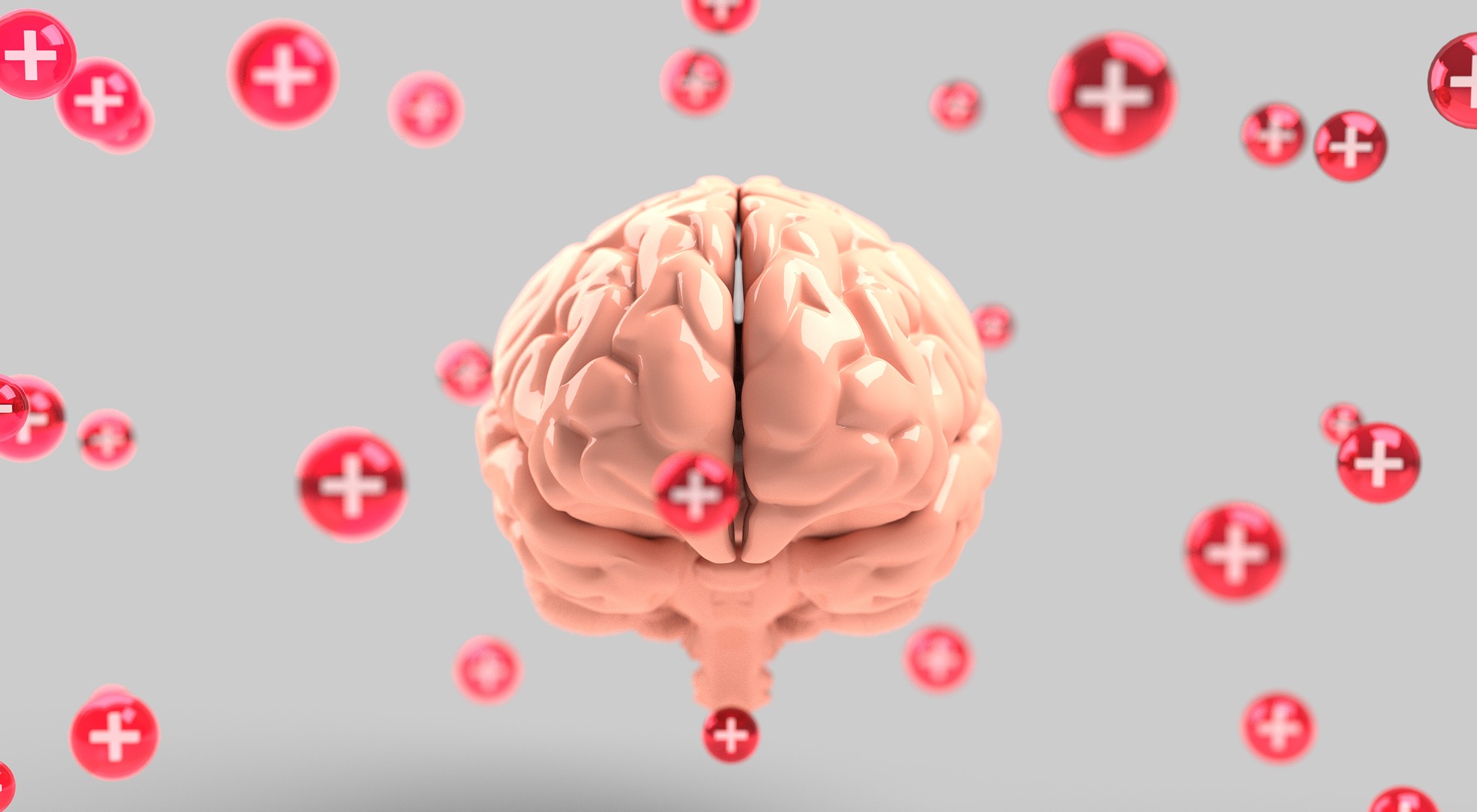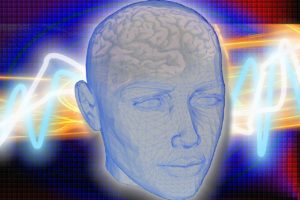
30 Nov Parkinson’s: 8 Must Know Risk Factors and Prevention Tips
Reduce your risk of getting Parkinson’s disease by understanding the contributors of the disease and considering prevention strategies for seniors and older adults.
Understanding Parkinson’s
Parkinson’s disease is a serious and chronic condition. It’s considered a neurological movement disorder. Some common symptoms include tremors, slow movement, muscle stiffness, unsteady walking, and problems with balance and coordination.
There is no cure for the disease. Like many diseases, Parkinson’s treatment is much more successful when the disease is caught in early stages.
Prevalence of Parkinson’s
While Parkinson’s is common in those over the age of 60, Parkinson’s can strike at any age. Parkinson’s is not uncommonly found in adults in their forties. Although Parkinson’s itself is not fatal, the progressive and continual neurodegeneration characteristics of the disease can lead to secondary effects that cause death.
Even though the exact cause of Parkinson’s is still unknown, researchers and scientists believe that both one’s environment and genetics play a major role. However, all of those afflicted with Parkinson’s demonstrate a loss of dopaminergic neurons in the brain. They also show higher levels of proteins known as α-synuclein. These accumulate in Lewy bodies. Lewy bodies are a pathological characteristic of the disease, along with some forms of dementia.
Preventing Parkinson’s
As mentioned, there is still no cure for Parkinson’s disease. However, there are some medicines available that can help control the symptoms of the disease. These can make the condition more manageable and easier to live with.
In order to understand and prevent Parkinson’s disease, it is important to understand the risk factors. By understanding the risks, we can take some actions now to lower our risk of diagnosis down the road. The 8 risk factors of Parkinson’s include:
Genes
Having a close relative with Parkinson’s disease has been shown to increase the risk of developing the condition. Although you certainly can’t change the genes that you inherited, new and developing research known as epigenetics is demonstrating that the lifestyle you live can impact and activate those genes or not. While one’s genes can elevate your risk, environmental factors can be the difference between the condition’s onset avoiding the disease altogether.
Toxin avoidance
Some exposure to toxins may be directly responsible for triggering Parkinson’s. Accumulating evidence seems to suggest that exposure to certain toxicants may increase the risk of Parkinson’s disease.
We are surrounded by various neurotoxins on a daily basis. Heavy Metals and toxins can negatively impact anyone’s life. This is especially true when it comes to the potential to develop Parkinson’s disease. Neurotoxins have the ability to cross the Blood Brain Barrier. They can cause damage to neurons that produce dopamine. Avoiding toxins will preserve your overall and brain health.
Maintaining routine sleep
Sleep is crucial for brain function. In order to work properly, during sleep the brain is engaged in processing information, making connections, consolidating memories, and pushing out toxins. While sleeping, the brain performs its maintenance. By not having adequate time for this process to occur, you could potentially accelerate neurodegenerative diseases such as Parkinson’s.
Manage stress
By being regularly stressed out, you can upset the brain’s normal activity. This can ultimately lead to Parkinson’s disease. Acute stress can cause changes in the protective function of the blood brain barrier. Chronic stress has been shown to be toxic to the brain. Plus, it’s possible that regular stress can lead to dopamine depletion.
Diet
Healthy eating is a crucial element to keeping a lifestyle Parkinson’s free. In addition to preventing disease and promoting good overall health, an ideal and nutritious diet can contribute to reducing the risk of Parkinson’s. An example of such a diet would include plenty of greens and vegetables, fruits, good vitamins and antioxidants, minerals, good fats, and foods with sufficient protein. Organic options are an even better choice. Check out the best produce to select organic when it comes to minimizing chemicals and pesticides.. Even though organic produce is generally a safer bet than the alternative, there are still some pesticides and herbicides that farmers are able to use while still maintaining an organic designation. As a result, awareness of your food origins is of utmost importance. Good foods to avoid include excess and simple carbohydrates, chemicals, and inflammation causing foods.
Regular exercise
Individuals who regularly include working up a sweat and exercise into their routines have a significantly lower prevalence of Parkinson’s. Unfortunately, at the point that someone develops Parkinson’s, there’s a high probability that the benefits of vigorous exercise will not be fully realized. This is due to a lower level of neurotransmitters that occur in the body.
A lifestyle with plenty of exercise can have a surprisingly strong link to brain health and function. Regular movement increases blood flow to the brain. That elevates oxygen levels, and this triggers biochemical changes. These changes can stimulate neuron activity which promotes the growth of the brain through newly formed neural pathways and synaptic connections.
Management of medical conditions
Poor overall health can lead to Parkinson’s disease down the road. Obesity has been linked to adjusted dopamine levels in the brain. In older age, this means a three times greater risk of developing Parkinson’s. High blood pressure, insulin resistance, elevated level of triglycerides, low HDL, and inflammation may all be disease contributors as well.
Chronic physical pain can be damaging to one’s brain too. Managing chronic pain is important in the fight against Parkinson’s. Strong dental health is vital. Understand the side effects of your prescribed medications and their potential for interactions.
Head injury prevention
The damage done from a head injury could lead to developing Parkinson’s in later years. Traumatic brain injuries have been proven to lead to both short- and long-term issues related to balance, cognition, and memory. Research is demonstrating that even repeated lower impact blows to the head can also take a toll. If one has a brain injury that results in a loss of consciousness, hospitalization, or amnesia, then an increased risk of Parkinson’s will be the result. For example, a loss of consciousness for more than five minutes can double a person’s chance of Parkinson’s. Each subsequent occurrence also causes the risk to increase.
In a matter of merely seconds, head injuries can put into motion a torrent of damaging pathological changes affecting the brain. These can include a loss of molecules that create dopamine for a matter of months after an injury takes place.
Knowledge is power
By understanding the major risk factors of Parkinson’s, individuals can take actions to prevent themselves from inheriting the disease down the road. Even when an individual is diagnosed with the disease, some steps can be taken to mitigate the effects and onset of the disease. Through effective disease management, sufferers can lead longer and more fulfilling lives.
The effects of Parkinson’s often causes the need for extra hands-on support and assistance. Individuals afflicted with the disease can benefit from supportive home care, Chosen Family Home Care is a Philadelphia-based agency that has well-trained and compassionate caregivers. Follow all of our informative blog posts as well for important senior resources and tips for healthy living.




Nancy Tunick
Posted at 13:53h, 23 JuneI am 57 and diagnosed in June 2009. I had a very long list of symptoms, some of which were. Keeping right arm close to my side while walking, tremors in right hand, numbed toes on right foot, drooling out right side of mouth, over all body aches and pain, trouble moving in bed, dry skin, hair falling out, urinary incontinence, fecal incontinence, slurred words, falling, speaking softly, tiredness, aggravation and irritation, weepy and crying a lot, loss of strength.My neurologist advised me to try natural treatments and introduced me to RHG Parkinsons Disease formula, I read alot of positive reviews from other patients who used the treatment and i immediately started on the treatment. I had great improvement and relief with this treatment, total decline of symptoms. Great improvement with speech, co-ordination, balance, muscle, mood etc, I gained back my life with this treatment and can never be thankful enough. Visit www . richherbalgardens . com
susan thomson
Posted at 15:47h, 07 OctoberGreetings, Parkinson’s is hard and I think this is good info to share.
susan thomsom
Posted at 08:19h, 26 NovemberMy husband was diagnosed of Parkinsons disease 2 years ago, when he was 49. He had a stooped posture, tremors, right arm does not move and also a pulsating feeling in his body. He was placed on Senemet for 8 months and then Siferol was introduced and replaced the Senemet, during this time span he was also diagnosed with dementia. He started having hallucinations, lost touch with reality. Suspecting it was the medication I took him off the Siferol (with the doctor’s knowledge) and started him on PD natural herbal formula we ordered from AKANNI HERBAL CENTRE, his symptoms totally declined over a 3 weeks use of the AKANNI HERBAL Parkinsons disease natural herbal formula. He is now almost 51 and doing very well, the disease is totally reversed! (Visit www. akanniherbalcentre .com)
Ohnev Allen
Posted at 00:56h, 16 DecemberI was suffering from Parkinson’s since 5 years & life had become disastrous for me. 75 % of my body was covered by Tremors. I’ve been seeing Dr. Farrugia and I started getting results within 3 weeks .Treatment went very well and tremors are gone. I’m a strong advocate for other chronic lung disease patients seeking help from Parkinsons and says, “What they’ve done for me and my life, it’s been almost a miracle.”
Maclean Makon
Posted at 08:42h, 24 DecemberMy wife was diagnosed with Parkinson’s Disease at age 59. She had severe calf pain, muscle pain, tremors, slurred speech, frequent falls, loss of balance, difficulty in getting up from sitting position.
Maclean Makon
Posted at 16:08h, 27 DecemberMy wife was diagnosed with Parkinson’s Disease at age 59. She had severe calf pain, muscle pain, tremors, slurred speech, frequent falls, loss of balance, difficulty in getting up from sitting position. She was put on Sinemet for 6 months and then Sifrol was introduced and replaced the Senemet. During this time span she was also diagnosed with dementia. She started having hallucinations, lost touch with reality.This year, our family doctor started her on a new treatment. 1 month into treatment she improved dramatically. At the end of the full treatment course, the disease is totally under control. No case of dementia, hallucination, weakness, muscle pain or tremors. all thanks to her new meds. She is strong again and able to go about daily activities.